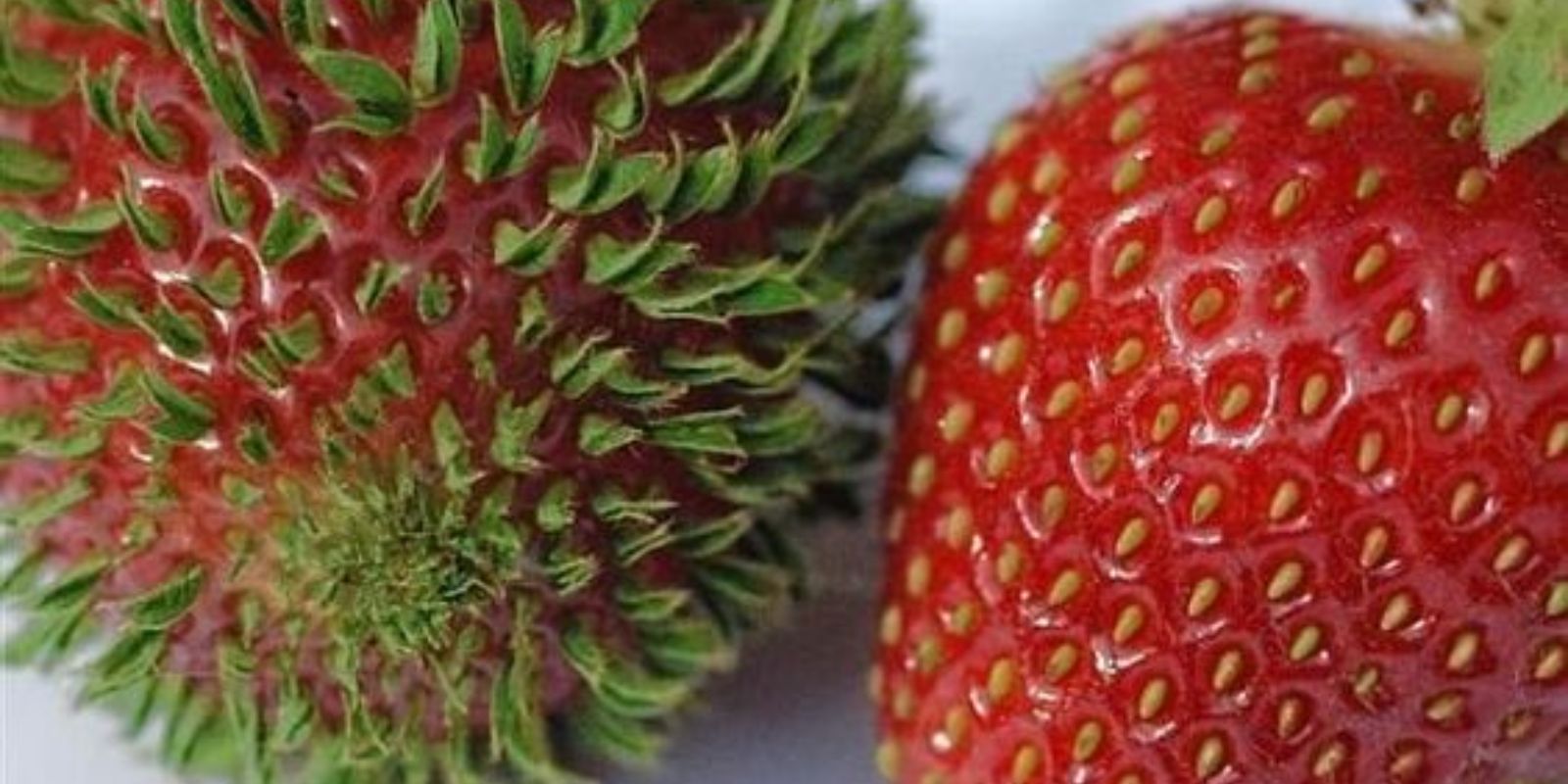Introduction
The sight of green shoots sprouting from the surface of a strawberry is a mesmerizing natural event that catches the eye of many gardeners and plant enthusiasts. This phenomenon, known as vivipary, occurs when strawberry seeds start to germinate while still attached to the fruit. Understanding vivipary not only provides insight into an extraordinary botanical process but also opens up opportunities for growing new plants in unique ways. This article delves into the science behind vivipary, how to manage it, and what it means for your garden.
What is Vivipary?
Vivipary is a botanical term describing the premature germination of seeds while still attached to the parent plant. In the case of strawberries, this means that instead of waiting for the fruit to be eaten or fall off, the seeds begin to sprout and grow directly on the fruit’s surface. While not common, vivipary is an intriguing phenomenon that can offer both challenges and opportunities for gardeners.
The Science Behind Vivipary
Vivipary in strawberries is typically triggered by specific environmental conditions. These conditions include:
- High Humidity: Excessive moisture can cause seeds to start germinating prematurely.
- Warm Temperatures: Warm temperatures can accelerate the germination process, leading to vivipary.
- Genetic Factors: Some strawberry varieties may be more prone to vivipary due to their genetic makeup.
In a typical strawberry fruit, seeds are embedded in the surface and protected until the fruit decomposes or is consumed. However, in cases of vivipary, these seeds perceive an environment conducive to growth and start developing shoots and roots before the fruit has naturally completed its lifecycle.
Observing Vivipary
If you notice green shoots emerging from the surface of your strawberries, you are witnessing vivipary in action. Here’s what to look for and how to manage the situation:
- Identifying Vivipary: Check for strawberries with small green shoots or roots forming on their surface. These shoots are the seeds beginning to germinate while still attached to the fruit.
- Assessing Environmental Conditions: Evaluate the conditions that might be contributing to vivipary. High humidity, warm temperatures, and excessive moisture are key factors that encourage this phenomenon.
- Documenting the Event: Take note of when and where vivipary occurs. This documentation can be useful for understanding patterns and managing conditions in the future.
Managing Vivipary
While vivipary is a natural process, it can be managed effectively to harness its potential benefits or mitigate any challenges it presents. Here’s how to handle strawberries exhibiting vivipary:
- Maintain Ideal Conditions: Ensure that your strawberries are in a controlled environment with optimal conditions for preventing vivipary. This includes regulating humidity and temperature levels.
- Separate Sprouts Carefully: If you want to propagate the sprouting seeds, gently separate the sprouts from the fruit. Be careful not to damage the young shoots during this process.
- Transplanting Sprouts: Transplant the separated sprouts into well-prepared soil. Choose a location with adequate sunlight and good drainage. Space the seedlings appropriately to allow for healthy growth.
- Monitor Growth: Keep an eye on the transplanted seedlings to ensure they are developing well. Provide them with proper care, including watering, fertilizing, and pest control.
Propagating New Strawberry Plants
Vivipary offers a unique opportunity to propagate new strawberry plants. If you’re interested in using vivipary to grow additional strawberries, follow these steps:
- Select Healthy Fruit: Choose strawberries that exhibit vivipary but are still in good condition. Ensure they are free from mold or decay.
- Prepare Growing Medium: Use a high-quality seed-starting mix or well-draining potting soil for transplanting the sprouts. Prepare the soil by moistening it and ensuring it is loose and airy.
- Plant the Sprouts: Gently plant the sprouts in the prepared soil. Cover them lightly with soil and water them thoroughly to help establish their roots.
- Provide Proper Care: Place the newly planted sprouts in a location with ample sunlight and maintain consistent moisture. Fertilize them as they grow to promote healthy development.
- Transplanting to Garden: Once the seedlings are established and have developed a robust root system, they can be transplanted into your garden. Choose a well-draining spot with plenty of sunlight.
Understanding the Impact of Vivipary
Vivipary, while unusual, can have various impacts on your strawberry cultivation:
- Propagation Benefits: It provides an opportunity to grow new plants from existing fruit, potentially increasing your strawberry yield.
- Fruit Quality: If not managed, vivipary can lead to fruit that may not develop properly or could be less appealing.
- Gardening Insights: Observing vivipary can offer valuable insights into plant behavior and the influence of environmental conditions on seed germination.
Conclusion
Vivipary in strawberries is a fascinating botanical phenomenon that showcases the complexity and adaptability of plants. By understanding and managing vivipary, you can turn this unique occurrence into an opportunity for growing new strawberry plants and gaining deeper insights into plant growth. Whether you’re a seasoned gardener or a curious enthusiast, embracing vivipary can enrich your gardening experience and enhance your appreciation for the natural world. 🍓🌱

